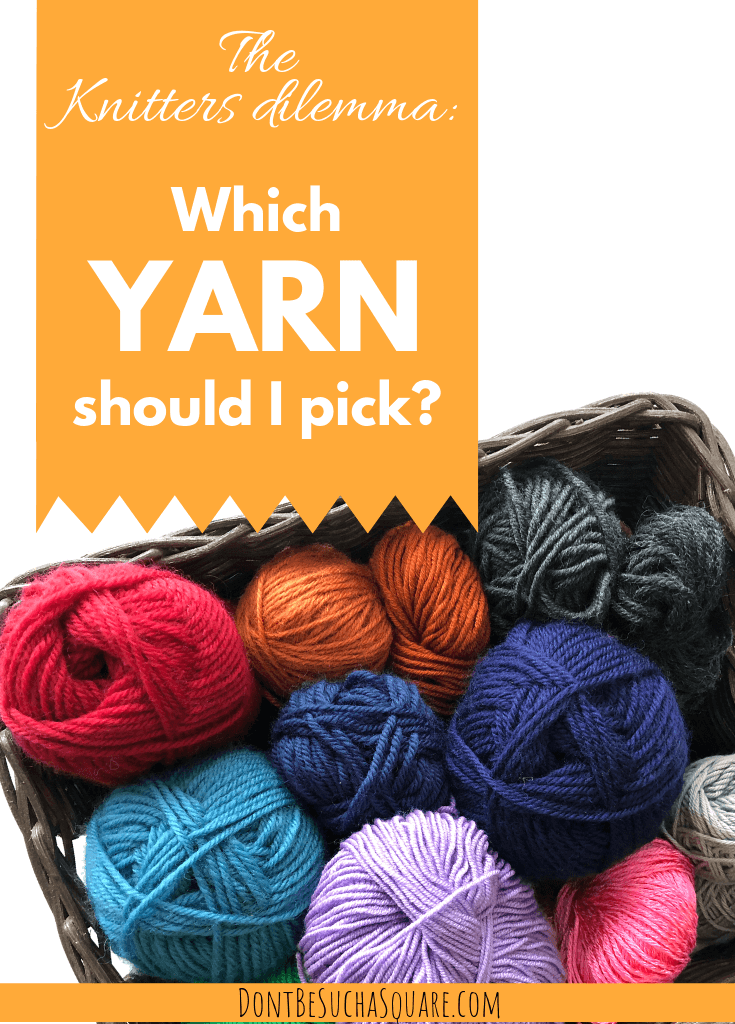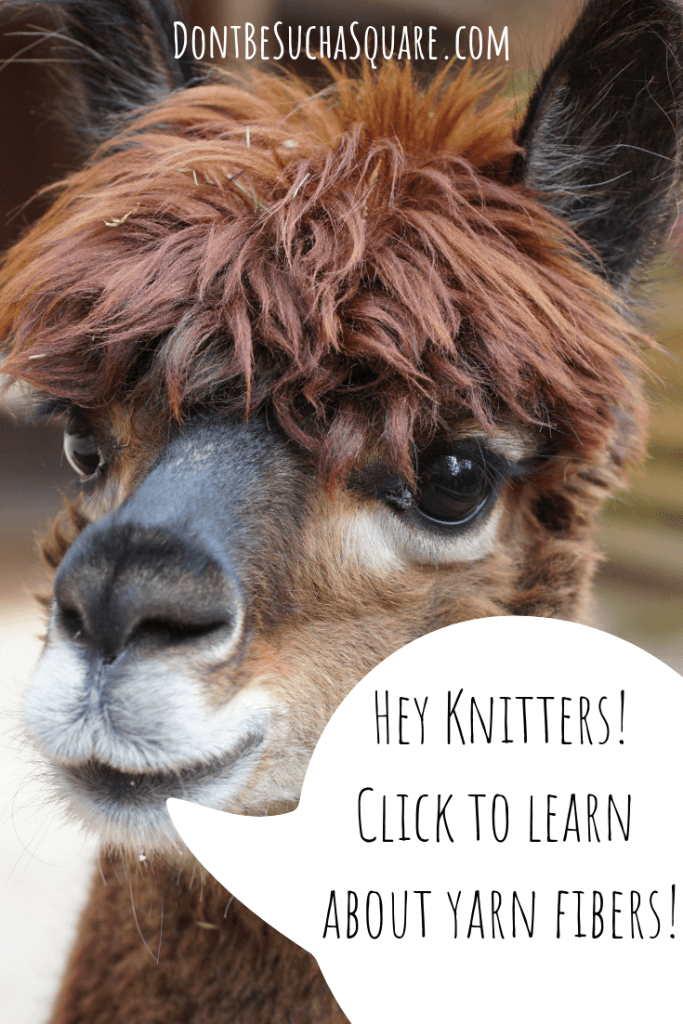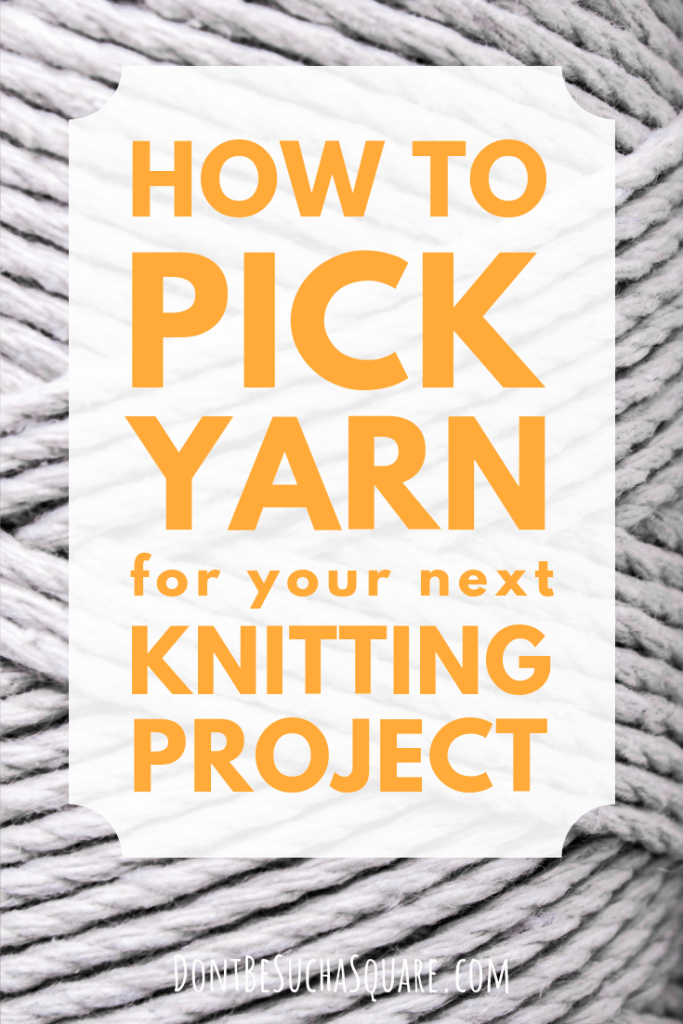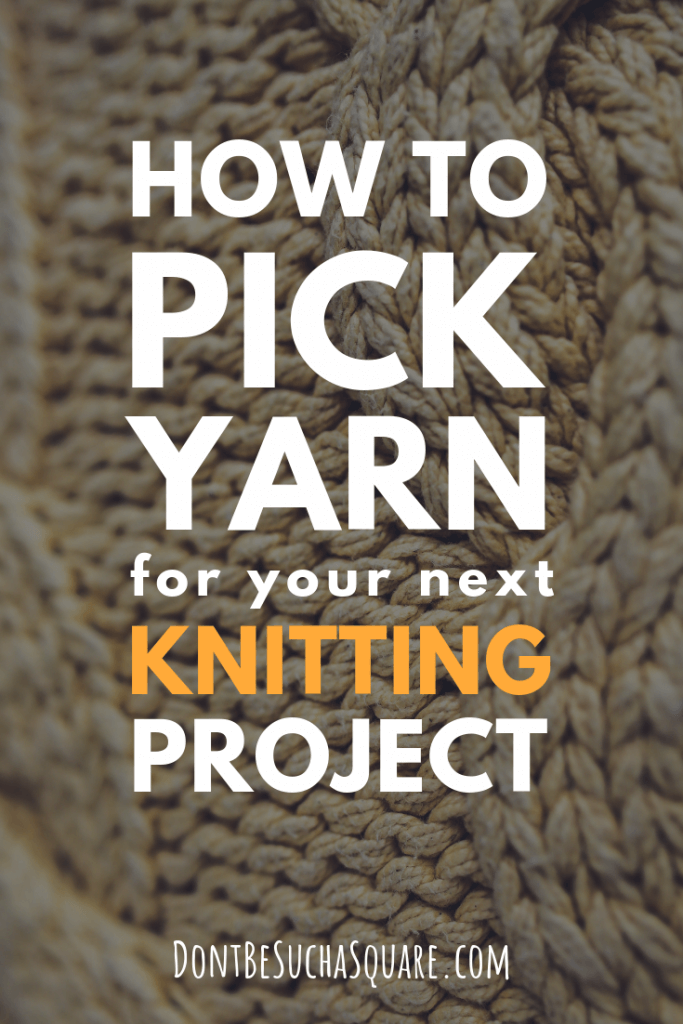How to pick yarn for my knitting project?
There are a lot of yarn fibers, I mean it’s a jungle out there, so how are you supposed to know what kind of fiber or fiber blends to pick for your project?
Well, that really is the million dollar question. But, keep calm, I’m
I’ve done a lot of knitting and crochet so naturally, I’ve tested a lot of yarn fibers. And I have done a lot of reading and gathering of information before I sat down to write this article.
Knowing the different characteristics of yarns is the first step in picking a yarn that suits your project in mind. Each type of yarn has its own qualities that will affect your project and pattern.
What’s the purpose of my project?
When choosing yarn for your project you want to keep in mind who you’re making the item for and how it will be used.
If the receiver is a baby or a child, pick a yarn that’s easy to wash, durable and soft to the skin. Maybe merino wool or alpaca for the colder months or a soft bamboo, cotton or linen for a warmer climate.
Are you knitting a scarf for someone that’s sensitive to wool? Try alpaca or llama yarn instead, alpaca and llama fiber are lanolin-free and their fiber is much thinner which means softer and less itchy yarn, without harsh chemical processes.
Think about what qualities you’re looking for in the finished project. Do you wish it to be stretchy, machine washable, warm, cool, lightweight, silky, smooth, textured? What kind of color are you looking for? Bright? Naturals? Dark? Light?
Once you know your preferences, it’s easier to make decisions about fibers, weight (thickness) texture and color.
What kind of fiber should I pick?
Start with checking the label for information about what the yarn is made of, and where it’s made. It’s all up to you, but I think it’s a good idea to be a bit picky about this.
For an example I’m very cautious when I buy merino wool, I want to be sure that I’m not supporting any mulesing. (Mulesing is an awful procedure performed at the animals, click this link to read an article at PETA:s site if you want to have more information about mulesing.
The different kinds of fiber
Your choice of yarn will determine the overall look of the garment. There is beautiful yarn created by a range of different fibers, both natural and synthetic.
Let’s begin with breaking this rather large subject down into a few smaller pieces to make it easier to digest!
Yarn fibers are grouped after the origins of the fiber. For example, all kinds of wool are called animal fibers.
Some yarn fibers come from plants like cotton or bamboo and are called plant fibers, or sometimes vegan fibers.
Natural fibers include all fibers from animals and plants and differs from synthetic fibers which are manmade fibers. Common synthetic fibers are nylon or polyamid.
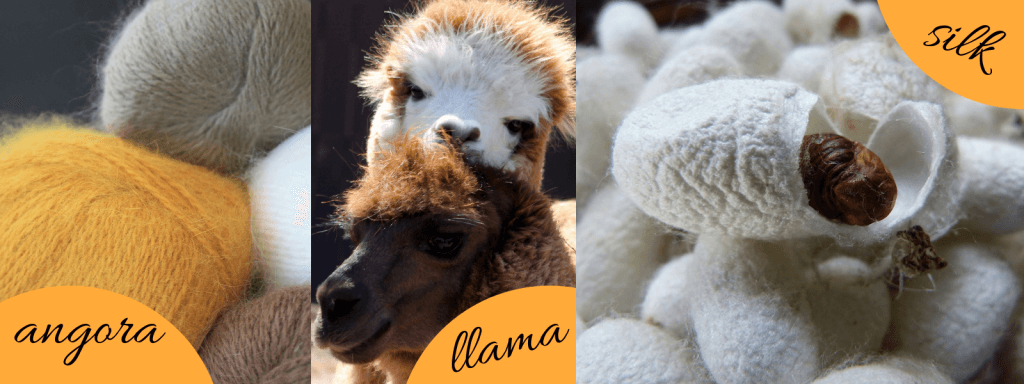
Animal yarn fibers
Animal fibers tend to have som characteristics in common, such as warmth, elasticity, and the ability to felt. Items knitted in animal fibers will keep their shape better than plant fibers.
All these characteristics together make animal fibers a good choice for cold weather clothing and accessories.
I have listed commonly used animal fibers with a short description for each to make it easier for you to pick!
Sheep wool
Wool is the most common and versatile animal fiber. It’s natural elastic, warm, absorbent, durable and water repellant. Its softness varies somewhat among breeds of sheep. Wool felts very easily because the scaly fibers latch onto each other.
- Merino wool, from the merino sheep, is an incredibly soft wool fiber and which is very popular for knitting. IT’s considered the finest of the fine breeds. You will find more information about the merino sheep and its wool in this post: The Secret to why merino wool is the Knitters best friend
- Lamb’s wool, the wool from a young lamb’s first shearing.
- Pure wool or Virgin wool, wool that’s made directly from the sheep’s fleece and haven’t been recycled from existing wool garments.
- Shetland wool, wool from the small and hardy native sheep of the Shetland Islands.
- Icelandic wool, a rustic and soft yarn.
- Washable wool, treated chemically or electronically to destroy the fuzzy outer layer of the wool fiber. Washable wool
lack lanoline and doesn’tfelt , but are also damaging the environment due to chemical pollution from the process.
Alpaca fiber
Alpaca fiber is softer than wool because it has fewer scales, and it has a natural silky feel to it. The softest alpaca comes from baby alpacas. Alpaca is a luxury fiber which is growing in popularity. Read more about alpaca in this post: 14 things you didn’t know about alpaca
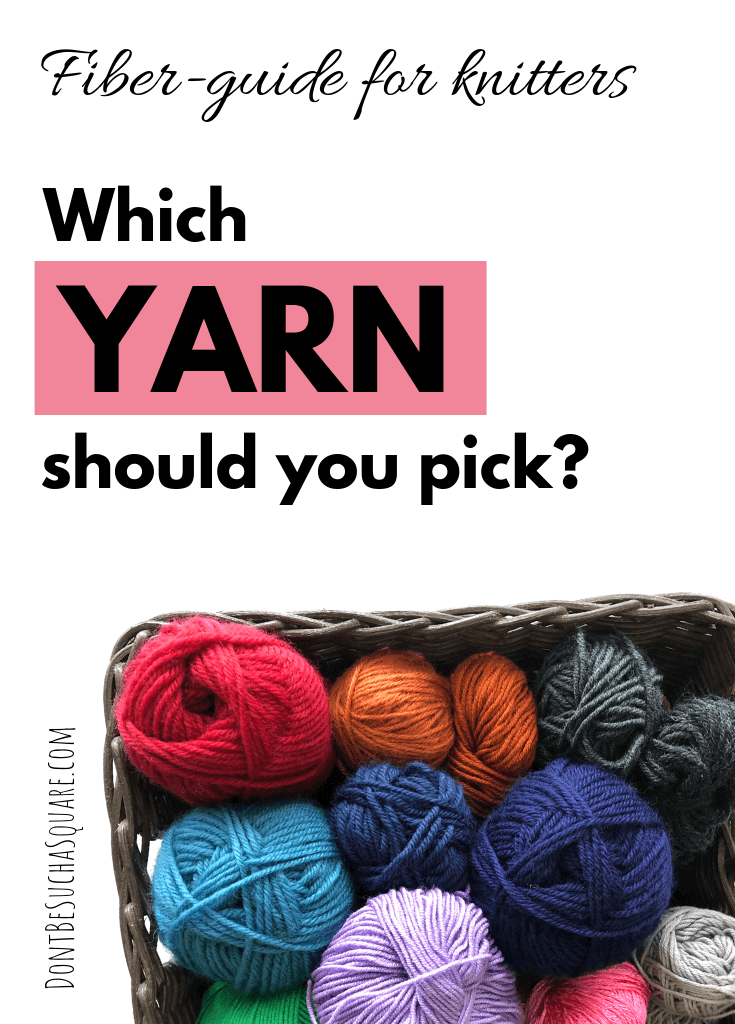
Cashmere goat fiber
Cashmere, the classic luxury fiber, is exceptionally soft, with a less shiny look than alpaca. It’s also extremely warm without being bulky.
Angora goat aka mohair fiber
Mohair is very fine, silky and shiny. It’s especially good at absorbing rich dyes. Kid mohair come from younger goats is the softest and more curly than adult mohair. Mohair does not felt.
Angora rabbit
Angora is extremely soft and silky to the touch. Angora fiber is known for its fluffy halo effect and it’s often combined with other fibers because it felts easily with wear.
Camel
Camel fiber is typically collected from the soft undercoat of the Bactrian camel of the Himalayan region.
Llama
Llama is a luxury fiber, but not as commonly used as it’s cousin alpaca. It’s naturally temperature regulating, lightweight and minimally elastic. It’s also durable and can wick moisture and keep you dry when wearing it.
Silk fiber
The silk fiber comes from the mulberry silkworm. Silk is the fiber that the worm makes its cocoon out of. Individual fibers are long, thin, smooth and lustrous and take dye extremely well. Silk is very strong for its weight.
Silk is a protein-based fiber and it’s often blended with both animal and plant fibers to give the yarn some extra softness and shine.
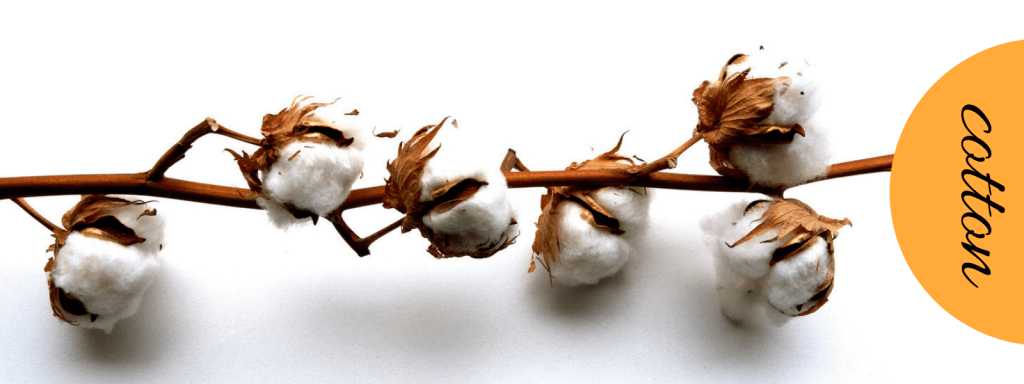
Plant yarn fibers
The plant fibers are more rigid than the animal fibers. Plant fibers don’t hold shape very well, but, they are cool to wear in warmer climates and are an excellent choice for warm weather garments and accessories.
Plant fibers are also a good pick for home decor items, they are durable and will stand to be used frequently.
I have listed some of the plant fibers further down with a short description for each to make it easier for you to pick!
Plant fibers are grouped by which part of the plant is used
- Seed fibers: Short fibers surrounding the seeds in the seed pod.
- Bast fibers: long fibers from inside the stem of the plant
- Hard fibers: Long fibers from the leaves of the plant
- Regenerated fibers: Cellulose is purified and reformed into a soft fiber.
Cotton
Cotton is a seed fiber, it has short fibers and consist of almost pure cellulose.
Qualities like softness, being absorbent and able to breath has made it to one of the most popular textile fibers in the world.
And of course, this also reflects on the world of knitting, the cotton fiber can be used for almost every type of project. The cotton fiber isn’t very stretchy and therefore not suitable for projects that need ribbing or elasticity.
Cotton are used for knitting projects of all kind like:
- Baby clothing and blankets for warm weather
- Kid’s clothing, such as tops, t-shirts, dresses, shorts, and sweaters for the warmer season.
- Women’s clothing
- Home decoration such as tablecloths, pillows,
and buntings. - Articles for daily use, as grocery bags and washcloths.
Flax fiber aka linnen
Flax fiber is a bast fiber, it’s soft and lustrous and stronger than cotton. It’s not very elastic and excellent for spinning yarn. It drapes well when knitted and is
Hemp fiber
Hemp is a bast fiber, it’s the strongest and most durable of the plant fibers, and quite similar to flax fiber but even less elastic and has exceptional long fibers. Hemp is used for canvas sails, macrame string,
Agave fiber aka sisal
The agave fiber is a hard fiber. It’s strong and coarse, durable, stretchable and water-resistant. It’s typically used in rope and mats but not commonly for knitting.
Bamboo fiber
The bamboo fiber is a regenerated fiber. The pulp is broken down mechanically or chemically and cellulose is extracted and reformed into a fine breathable and very soft fiber similar to cotton.
It’s fast-growing and naturally antibacterial. Bamboo yarn is used for clothing and, because of its antibacterial qualities, its suitable for things like washcloths, towels,
Bamboo fiber is a plant fiber, but since it goes through a chemical process to become yarn it can also be categorized as
Synthetic yarn fibers
Synthetic fibers are commonly used in yarn for knitting and other crafts. Synthetics are more durable than most natural fibers and they are easier to dye. Synthetics can also be stain resistant, waterproof and elastic.
These benefits leads many to pick synthetics over natural fibers.
I have listed some of the more usual synthetic fibers and some information about them.
Acrylic fiber
One of the most popular synthetic fibers is acrylic. It feels similar to wool, it’s warm and lightweight and soft to the touch.
Nylon fiber
Nylon is commonly used in sock yarns together with wool. It’s also popular as a silk replacer, this synthetic fiber can be made shiny or dull, it’s very versatile.
Rayon
Rayon is a semi-synthetic as it’s made out of wood or other cellulose materials that go to a chemical process to form the fiber. It was invented as a cheaper alternative to silk.
Polyester
This synthetic fiber is often blended with natural fibers to help reduce and add strength.
Which yarn weight should I use?
This question is a hard one for many of us in the beginning, but the more you practice the easier it will be to decide.
Yarn weight correlates with gauge, the measurement of how many rows and stitches it takes to knit one inch. Need to know more about gauge? Click to read: How to measure gauge in knitting
The thickness off the yarn affects your projects in a couple of ways
- How it will look
- How long it will take you to get to the finish line.
If you pick a heavy/thick yarn you will complete your project faster, but you also have to think about the result.
A blanket may be beautiful, warm and squishy in thick yarn – but maybe a baby garment won’t, or at least it won’t be nice for the baby to lie down in.
On the other hand, you wouldn’t want to knit a blanket in lace weight yarn either – but something for a baby could be very cute!
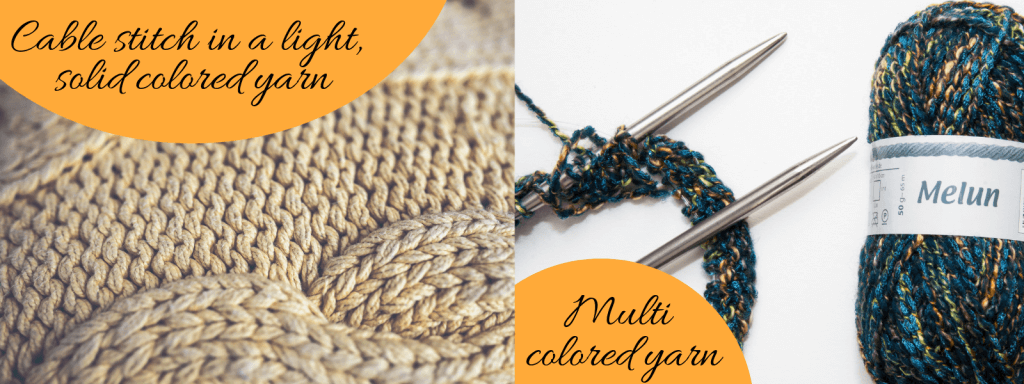
How do I decide on a texture?
Textured yarns
If you’re going for a stockinette or garter stitch pattern you could choose from the whole palett of textures. The smooth surface of the stockinette and the simpleness of the garter stitch will allow the funkier yarns to really show off all their beauty.
Novelty yarns with very much texture can be tricky to work with, the single stitches can be hard to identify and it can be tricky to fix mistakes or rip out stitches.
Smooth yarns
Lace, cables or complicated stitch patterns will disappear in very structured yarns. For this kind of stitches, it’s better to pick a smooth multi-plied yarn, it has a
If you choose soft single-ply yarn cables and pattern stitches will have a slightly softer appearance than when worked in highly twisted yarns. In general, plied and twisted yarns in solid colors are sophisticated and classic and single plies have a more rustic and relaxed look to them.
How a yarn is built
Yarn consists of one or more strands. The strand is called ply, or if it’s more than one, plies. Plied yarns are made from several plies of yarn twisted together.
The thickness of a given yarn is determined not by the number of plies, but by how thick they are. If the plies are thin, a 4-ply yarn can be finer than a heavy single-ply yarn.

How to pick colors?
Picking colors is fun! But there is a few things to think about…
Multi colored yarns
They are so beautiful and they come in so many different combinations of colors and patterns. And they are
And then there are glitter and sparkles and sequins… well, who doesn’t love all that bling? I know I do!
And, I also know that these yarns rarely look their best in a complicated stitch pattern or in a garment with a lot of shaping and details going one. These beauties deserve a stockinette or garter stitch and a simple shape.
Solid colored yarns
Complex stitch patterns, like lace and cables, are best suited to solid colored yarns, in light hues and a smooth multi-ply. Dark colors tend to hide all that hard work you have spent your precious time on. So go for the lighter and brighter ones for these kinds of patterns.
Drape
Inelastic yarns like cotton, linen, silk, and bamboo look for patterns that aren’t depending on rib or elasticity to fit properly. Instead, go for garments that hand more freely and shows off the beautiful drape of these fibers.
If you really want to knit that sweater with ribbing in an inelastic fiber, ask in your yarn store for elastic-thread to knit into the ribbing along with your yarn.
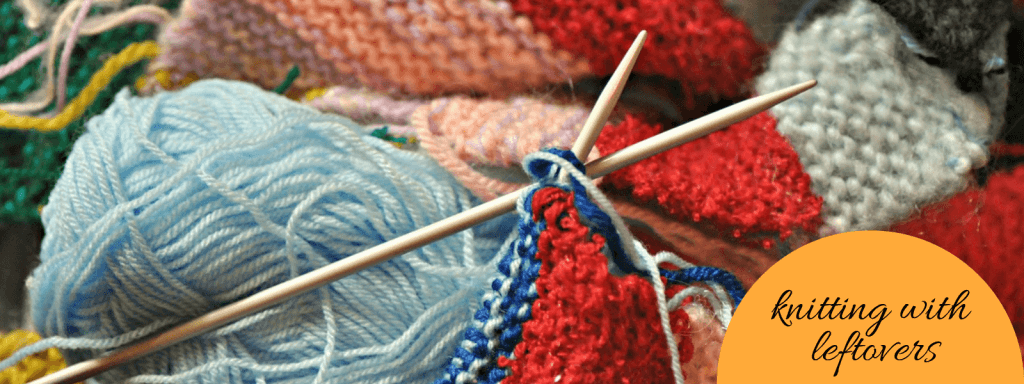
How much yarn do I need?
Once you have made your choices, be sure to get enough yarn for your project. It’s important that all your yarn comes from the same dye lot! Your pattern will tell you how much you need to get, but it’s a really good idea to get an extra ball just in case. Many yarn stores accept returns of unused yarn if you have your receipt.
And you can always use your leftovers yarns to something else!
Please click here to f
And if you find this article helpful, please share it with your friends on Pinterest, I’d love that!
